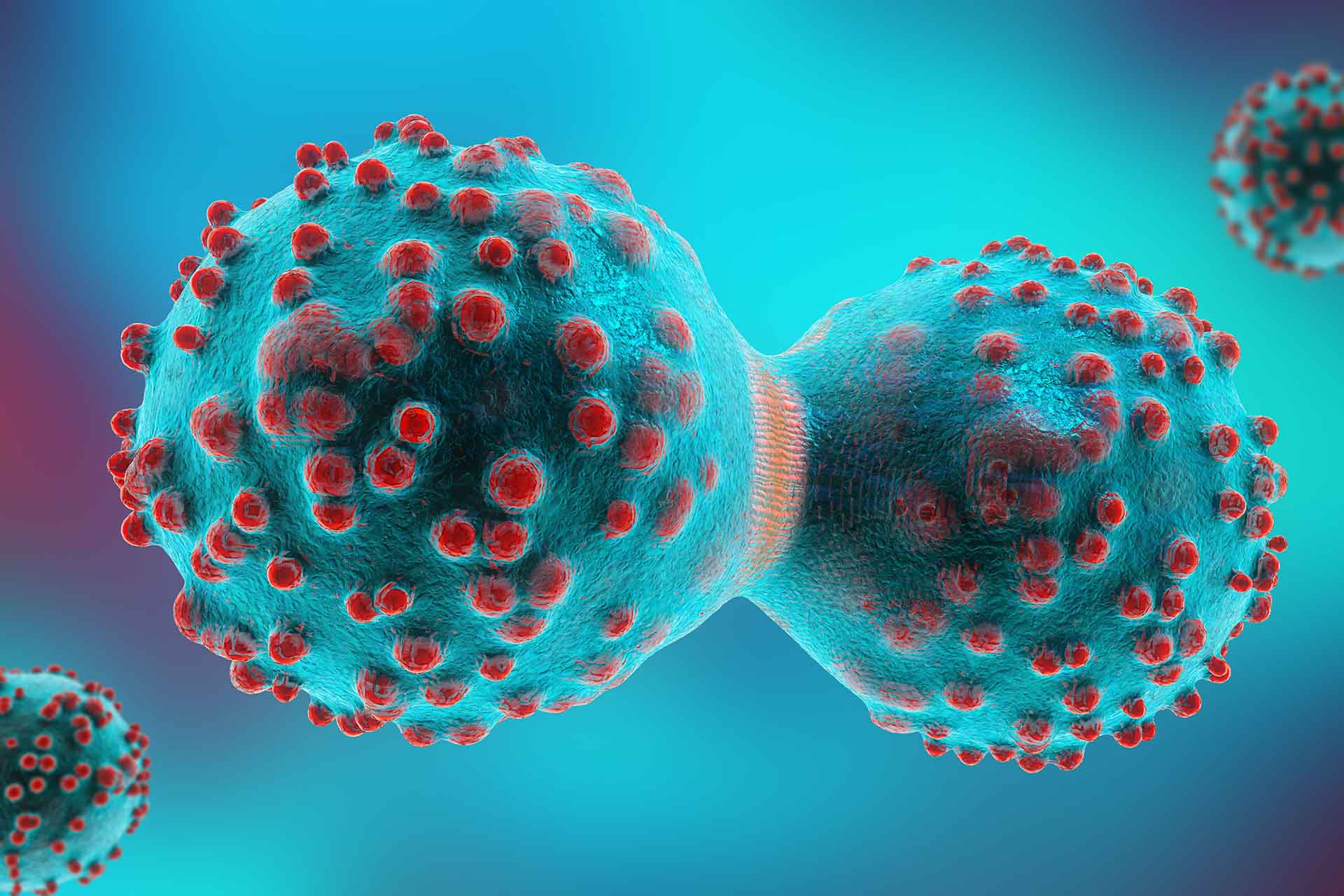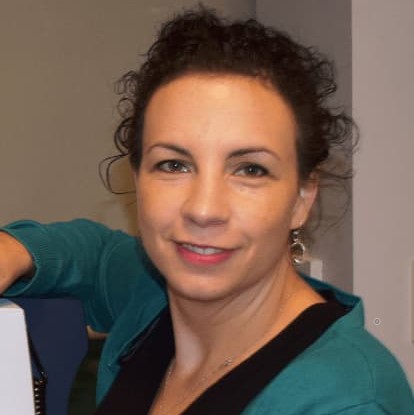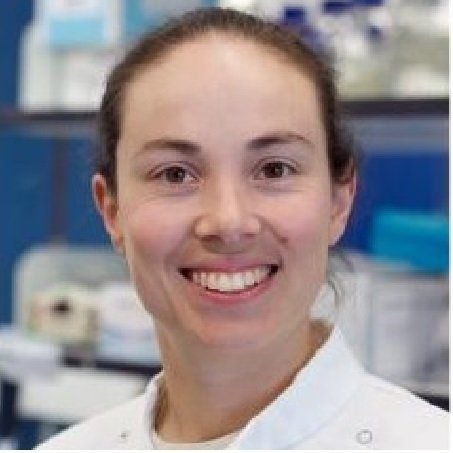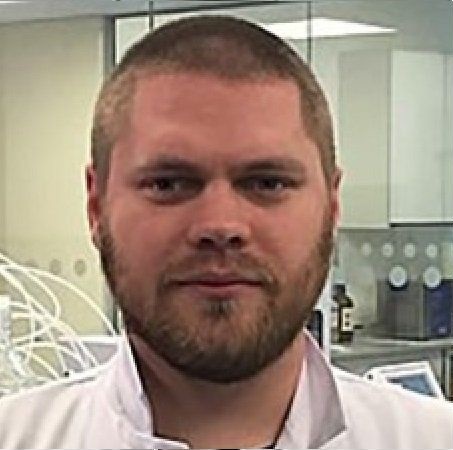Biochemistry, Cell and Systems Biology
- University home >
- Institute of Systems, Molecular and Integrative Biology >
- About us >
- Biochemistry, Cell and Systems Biology
Bringing together biochemistry, cutting-edge technology and multi-omics approaches to study the chemistry of life. From the study of individual proteins to complex biological systems, we provide vital links between basic and translational research. The department is home to a wide range of academics and research fellows.
The Department of Biochemistry, Cell and Systems Biology, the oldest in Europe, has been a beacon of excellence for teaching and research since it was created in 1905. The fusion of the full breadth of biochemical research with systems-based studies, which encompasses everything from multi-'omics, data analysis and structural biology through to synthetic biology and artificial intelligence, gives our department world-leading attributes. These are enhanced by outstanding research facilities and a strong desire to communicate our findings with the outside world.
Staff in the Department of Biochemistry, Cell and Systems Biology
Our challenges
Multi-omics
Proteomics is the study of all the proteins and peptides found in an organism. Metabolomics is the study of the huge variety of small molecules that are involved in cellular metabolism. Both techniques link together nucleic-acid based genomics and transcriptomics, by employing state-of-the-art technologies, notably mass spectrometry (including single-cell), to understand the nuts-and-bolts of biological systems.
Systems and computational biology
Analysing ‘Big Data’ in order to address research questions requires a highly specialised level of computing and statistical expertise. Our Computational Biology Facility (CBF) houses the expertise to analyse big data, working on projects from across the globe. Much of the activity in this area is devoted to large data analyses, including multi-omics integration to permit systems-level modelling of highly complex biological systems.
Photosynthesis, plants and crops
The theme of plants and photosynthesis includes the study of both fundamental and applied aspects of the biology and ecology of bacteria, algae, fungi and plants and their interacting partners. We harness cutting edge techniques to understand and enhance photosynthesis and CO2 fixation, metabolism, plant development and agricultural production in a sustainable manner, with the intent of providing sustainable solutions for achieving global food security in the background of climate change.
Structural and mechanistic biology
The department employs multiple approaches, notably mathematical modelling, X-ray crystallography, small angle X-ray scattering and Nuclear Magnetic Resonance (NMR) to answer important research questions in structural biology. These include studying enzymes in the nitrogen cycle, analysing the disease-causing structural properties of proteins involved in neurodegenerative diseases, and understanding how signaling enzymes are regulated in health and disease.
Biochemistry of cell signalling
Understanding how organisms communicate, and what happens when ordered communication fails, underlies both health and disease and is one of the keys to understanding systems-level cell signalling. We study how the ‘post-translational modification’ of proteins occurs, from the atomic to whole organism level, establishing how this can be measured and quantified and finding out happens when it goes wrong.
Dynamic cell biology
Dynamic interactions between cells and their local microenvironment control almost all biological processes in humans, and aberrations in these mechanisms drive a wide range of diseases. Our researchers employ multidisciplinary approaches to understand how cells integrate mechanical and biochemical signals from the microenvironment to control migration, mechanotransduction, transcription and tissue remodelling. A major focus is on how these mechanisms regulate cancer invasion, metastasis and response to targeted molecular therapeutics.
Research centres
Centre for Proteome Research (CPR)
The Centre of Proteome Research develops and applies advanced proteomics technologies to address questions across the biological and biomedical sciences, operating as both a research hub and a Shared Research Facility (SRF) within LIV-SRF. The technological innovations within the research centre, and the demonstrable application across the biosciences feeds directly into the state-of-the-art capabilities and methodologies as a SRF.
Centre for Metabolomics Research (CMR)
Metabolomics is the study of the small molecules that are involved in cellular metabolism. This is a biochemical discipline that can be used to address many different biological questions and involves measurement of intracellular metabolites, as well as those found in the medium outside cells, or in circulatory fluids. To achieve this we use complementary bioanalytical platforms as well as informatics for interpretation of the multivariate data generated.
Computational Biology Facility (CBF)
The Computational Biology Facility aims to develop and support data-driven biological and clinical research by forming new collaborations. We seek to remove the informatics bottleneck in omics pipelines by offering solutions ranging from large scale analysis, such as full systems biology investigations, to smaller scale and bespoke services.
NMR Centre for Structural Biology
The NMR Centre houses a solid state 800 MHz spectrometer, together with 600 and 700 MHz solution-state spectrometers, all equipped with cryogenic probeheads and autosample changers. An associated computing laboratory is dedicated to data processing and analysis.
Barkla X-ray Laboratory of Biophysics
The Barkla X-ray Laboratory of Biophysics is a combined crystallography-scattering X-ray facility, the first in Europe. We have extensive national and international network of collaborators enriching our portfolio of expertise. These programmes have derived long term grant support from BBSRC, MRC, STFC and UK and international biomedical charities (MND association and ALSA).
Gene Mill and Protein Production Facility
Synthetic biology is a rapidly emerging field that can be thought of as the construction of artificial biological devices, parts, pathways or networks or for the re-engineering of existing ones. GeneMill, and the Associated Protein Production Facility, removes complexity for the end user, providing end-to-end design, construction and phenotypic validation of libraries of gene constructs for expression and purification, for both academic and industrial applications.
Case studies
CMR: Metabolomics to deorphanise transporter substrates
It is widely but erroneously believed that molecules, including drugs and metabolites, enter and exit cells by passing through the phospholipid bilayer portion of the plasma and other membranes. Instead, transport is mediated by transporter proteins present in membranes of which there are two types: solute carriers and ATP-biding cassette transporters. A lot of evidence also shows that drugs hitchhike on transporters for other molecules for which these drugs are structurally similar.
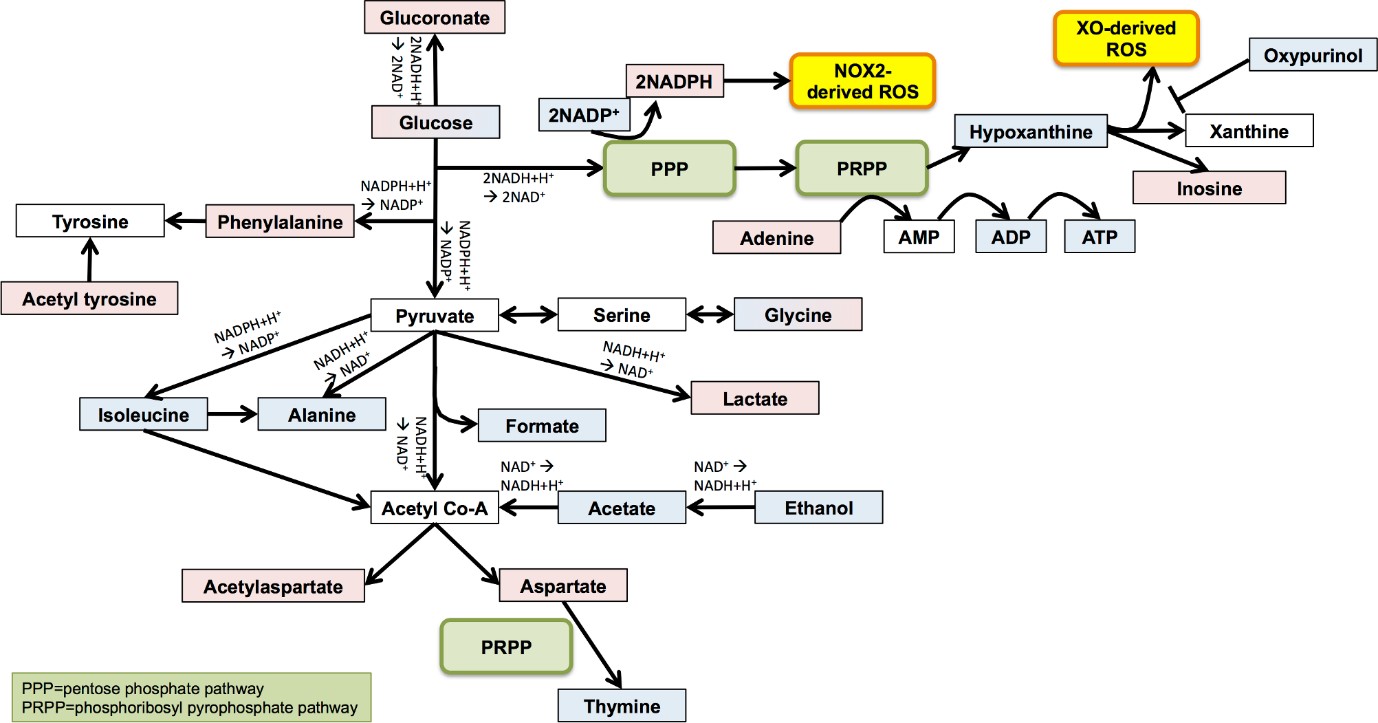
NMR: Metabolite profiling of immunological responses
The aim of the project is to use metabolite profiling of specific biofluids and biomaterials to aid our understanding of the complex response to disease along with diagnosis and the selection of effective treatment strategies tailored to specific patient needs.The use of high-resolution/field NMR metabolomics to investigate conditions such as osteo-arthritis, rheumatoid arthritis and sepsis enables us to probe the small molecules involved in a sensitive and high-throughput manner.

CBF: Case studies and publications
Whether you have a research idea or a complete dataset, we can help. We pride ourselves on our flexibility to offer services at any stage of the research pipeline. If you come to us with a research idea, we can help you write a research grant and explore project feasibility.
